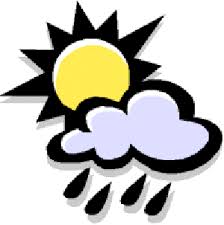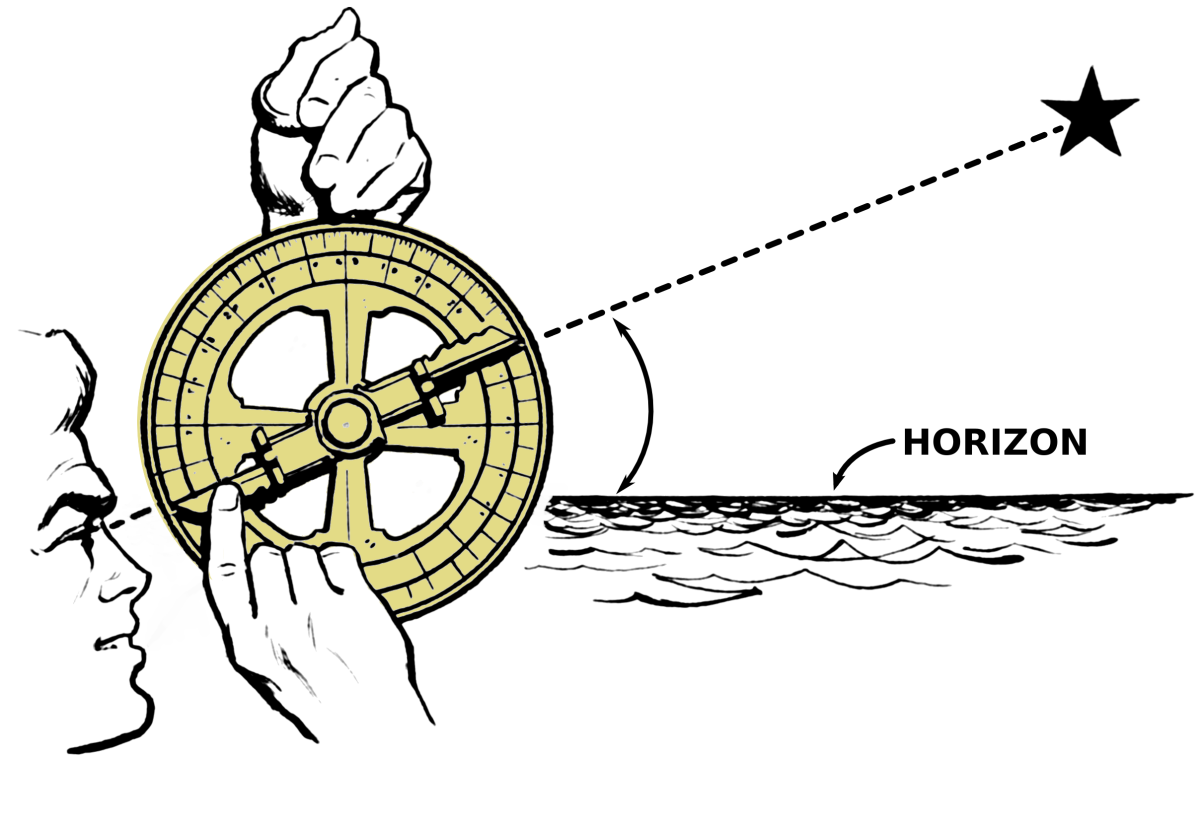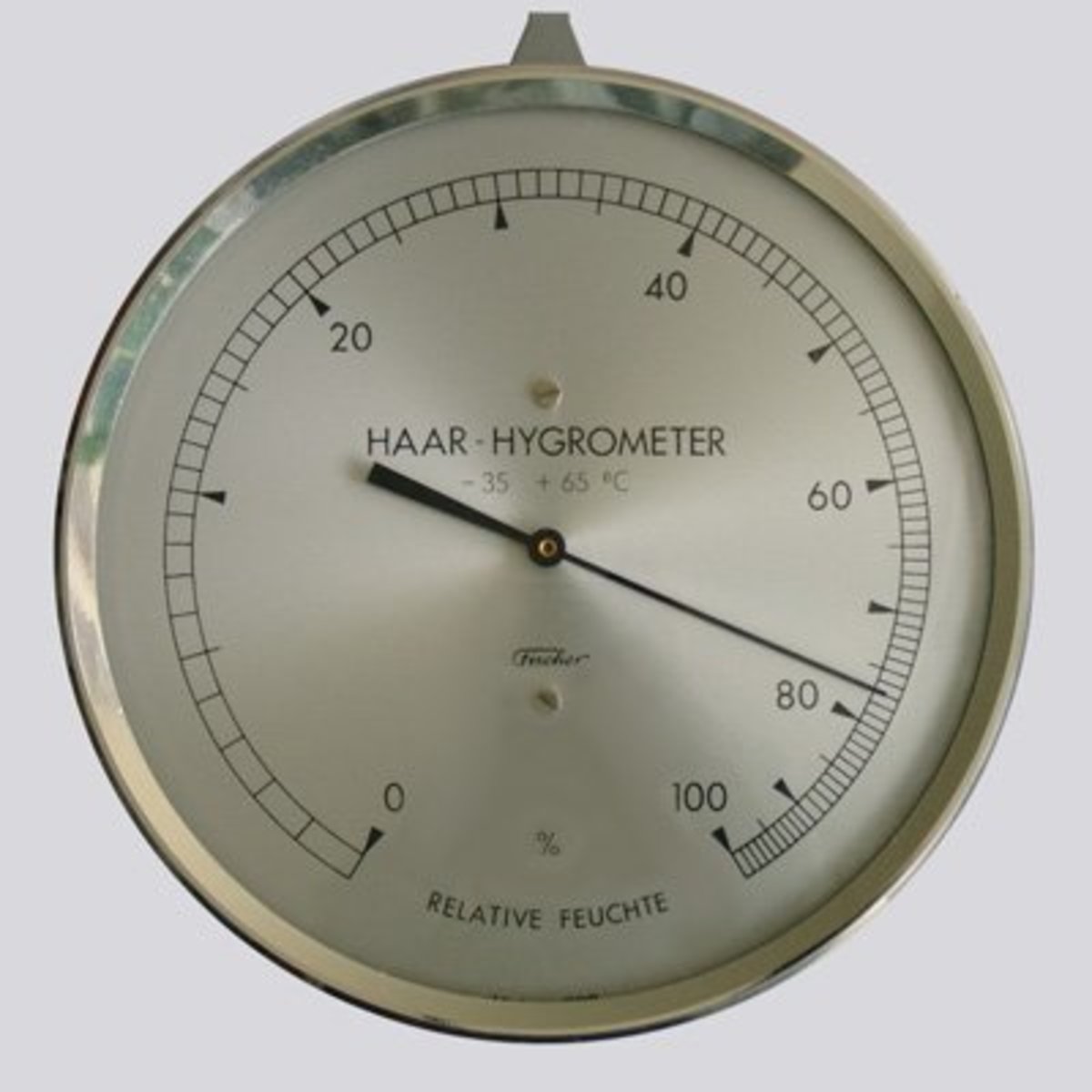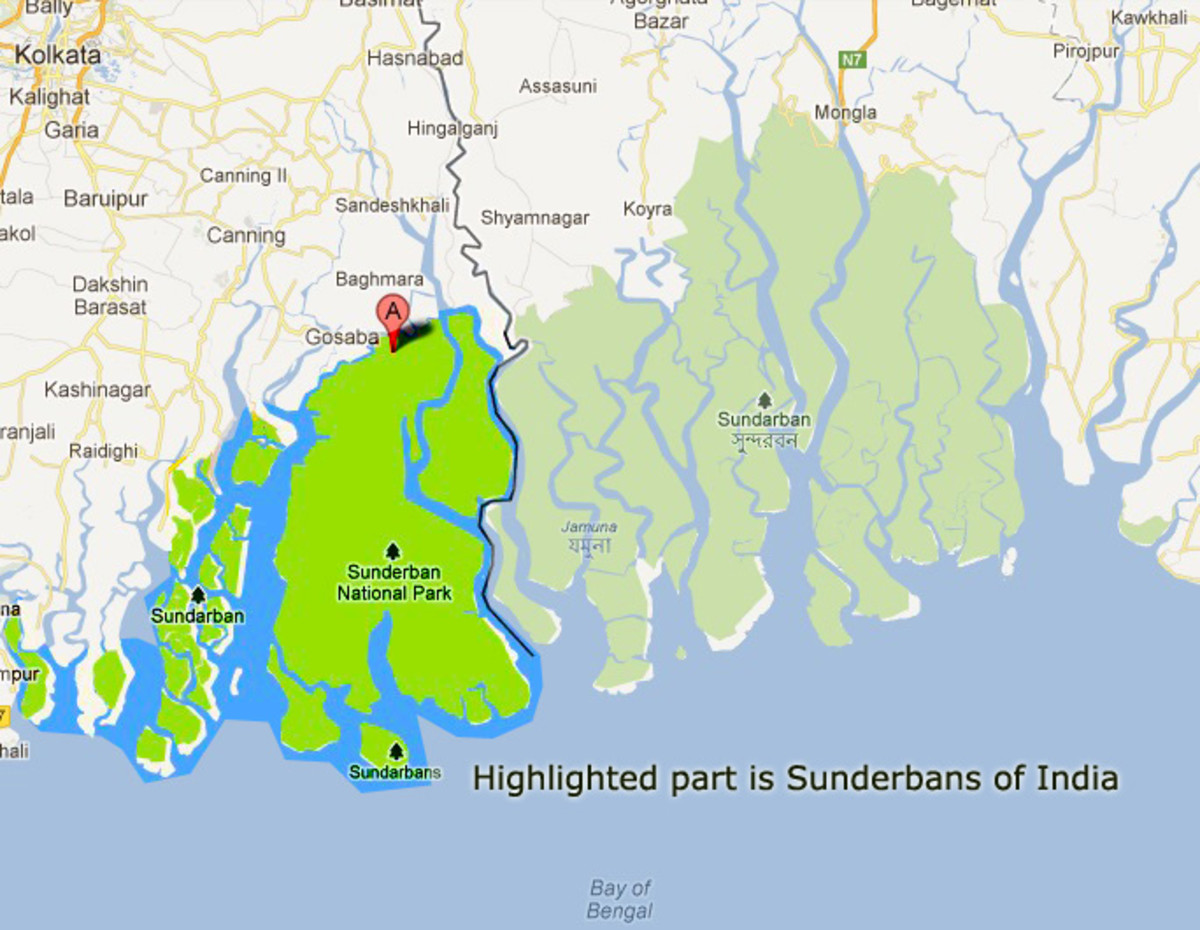How Accurate is the Weather Forecast?

While most scientists are revered for making sense of this complex universe we live in, meteorologists often face ridicule. Where I live there was a respected meteorologist on a local television station who in 2001 predicted the “Storm of the Century.” Preparations were made and people changed their plans; unfortunately, the storm missed our area and we only got an inch or two of snow. The meteorologist received so much abuse he eventually left town.
While weather forecasting has improved tremendously over the past twenty years it is still a prediction. By definition a prediction is a foretelling based on observation, experience, or scientific reason, not a statement of fact.
There are four types of forecasts:
- the short-range forecast which is made for a period of up to 48-hours;
- the extended forecast which is made for 3 days beyond the of date is issuance;
- the medium range forecast which is for 3 to 7 days; and,
- the long-range forecast which is for a period greater than 7 days.
Generally, the short-range forecast is the most accurate. The longer the time period being forecast, the less reliable the forecasts become. Due to technological advances in weather forecasting, a 5-day forecast today is generally as reliable as the 2-day forecast of 20 years ago. Additionally, and perhaps even more importantly than typical weather forecasts, meteorologists of today are much better equipped to give warnings on tornadoes and flash floods. Over the past 20-years the lead time for tornado warnings has doubled and the warning time for flash floods has increased by 40 minutes. Meteorologists are also able to predict hurricane landfalls much more accurately than ever before. The warnings for Hurricane Sandy are a case in point.
Weather forecasts are greatly affected by your location. There are places where there are very little variations in the weather, typically these locations are found between 30 degrees north and south latitude. While obviously there are storms in these areas, typically the weather you had today is going to be very similar to the weather you had yesterday and what you will probably experience tomorrow. Forecasting weather on this model is referred to as the persistence method. Forecast the weather in Jamaica using this method and you’ll be right 95 percent of the time, although you will miss the hurricanes. Climatology forecasts, forecasts that predict the weather will meet climate averages, can also be very accurate in areas where the weather is fairly consistent. Both of these methods are considered “unskilled” and neither would have much success predicting the weather in mid-latitude locations; that is from 30 – 60 degrees latitude.
The expertise comes into weather forecasting when you are talking about mid-latitude weather. These two latitude belts are where most of the people live and they are where most of the “weather” occurs. As the planet rotates on its axis and revolves around the sun it is heated unevenly. In addition to Earth being heated unevenly, water and land heat and cool at different rates. So, in effect, the net result is a thermostat. Warm water and air from the tropics move toward the poles and cold air and water from the poles move toward the equator. An example of water being moved is the Gulf Stream which leaves the equator, runs alongside the eastern coast of the U.S. crosses the Atlantic and warms Europe, where it is known as the North Atlantic Drift. Because of this warm water current, it rains frequently in the British Isles, Western Europe has a milder climate than their latitude would suggest, and warm water is moved north of the Arctic Circle and keeps the Russian port of Murmansk ice-free year-round.
Air masses move in much the same way. When air masses meet a depression develops as the warm air is forced over the cold air. Usually both air masses will have well-defined fronts and as they come together the energy they bring will create wind, precipitation, and possibly thunder storms. The greater the difference in the temperatures of the air masses the more violent the result of their meeting.
So what we have is meteorologists forecasting weather to the greatest number of people in the worst possible locations to forecast weather. Not exactly a recipe for success. The accuracy the modern meteorologists do enjoy is due in large part to numerical forecasting. This is a process that uses mathematical equations to forecast the weather. This method of forecasting requires powerful computers and vast amounts of observational data collected from land, sea, and air. A single weather station would never be able to collect the necessary data; instead thousands of stations are linked together forming a network and pooling the collected data. These stations are everywhere from airports, schools, and television stations to buoys at sea, on ships, and on airplanes. Finally, data is gathered on the upper atmosphere from satellites and balloons. The idea is to get as much data as possible and, collectively, there are over one million weather-related observations every day. The super computers used to analyze all of this data are housed at the National Centers for Environmental Prediction (NCEP). The output from these computers form the basis for almost every forecast broadcast on radio or television across America.
Given all of the variables that go into weather it is much better to rely on a short-range forecast than trying to plan things weeks in advance. Historically, one of the most important weather forecasts was in June 1944. General Eisenhower needed the D-Day landing to occur on the night of a full moon, preferably cloudless. The full moon was needed to illuminate navigational landmarks and to increase the tide so the deepest possible water would be available for navigating over German defensive obstacles. June 5 was the night of the full moon and the target date. All through May the weather was ideal but as June approached it began to deteriorate. On June 4 conditions were clearly unsuitable for a landing with high seas and low clouds, Allied troop convoys, already underway, were forced to take shelter in coves and bays for the night. It seemed as if everything would have to be cancelled and the invasion put off for at least another month. Eisenhower’s chief meteorologist, Group Captain J.M. Stagg, forecast a brief improvement for June 6. After discussions with his staff, Eisenhower decided to go on the strength of Stagg’s forecast of a window in which it would be possible to make the landing. As a result of the conditions, air support was not what the Allies had hoped for but the surprise of the attack greatly helped their effort. The Germans had believed the Allies would not risk an invasion at that time due to the weather and were caught off guard.
If you never predicted rain you would be correct in most parts of the country 70 percent of the time. If you need a better forecast than that the following web sites are suggested:
- Accuweather: features hour-by-hour and 15-day local forecasts for over 2.7 million locations and extreme weather and health indices;
- Intellicast: detailed weather and forecast information around the globe;
- Myforecast: features forecasts, reports and maps for global locations;
- National Weather Service: official U.S. weather, marine and aviation forecasts and warnings;
- Weather.com: forecasts for cities worldwide as well as radar and satellite maps; and,
- Weather Underground: provides weather information for worldwide locations, including current conditions and hourly forecasts.
Accuracy of a particular forecast may be less important to the public than how useful it is. If a forecaster predicts a 40 percent chance of precipitation tomorrow and it rains, was the forecaster wrong? More than likely the answer will depend on what you intend to do tomorrow.









